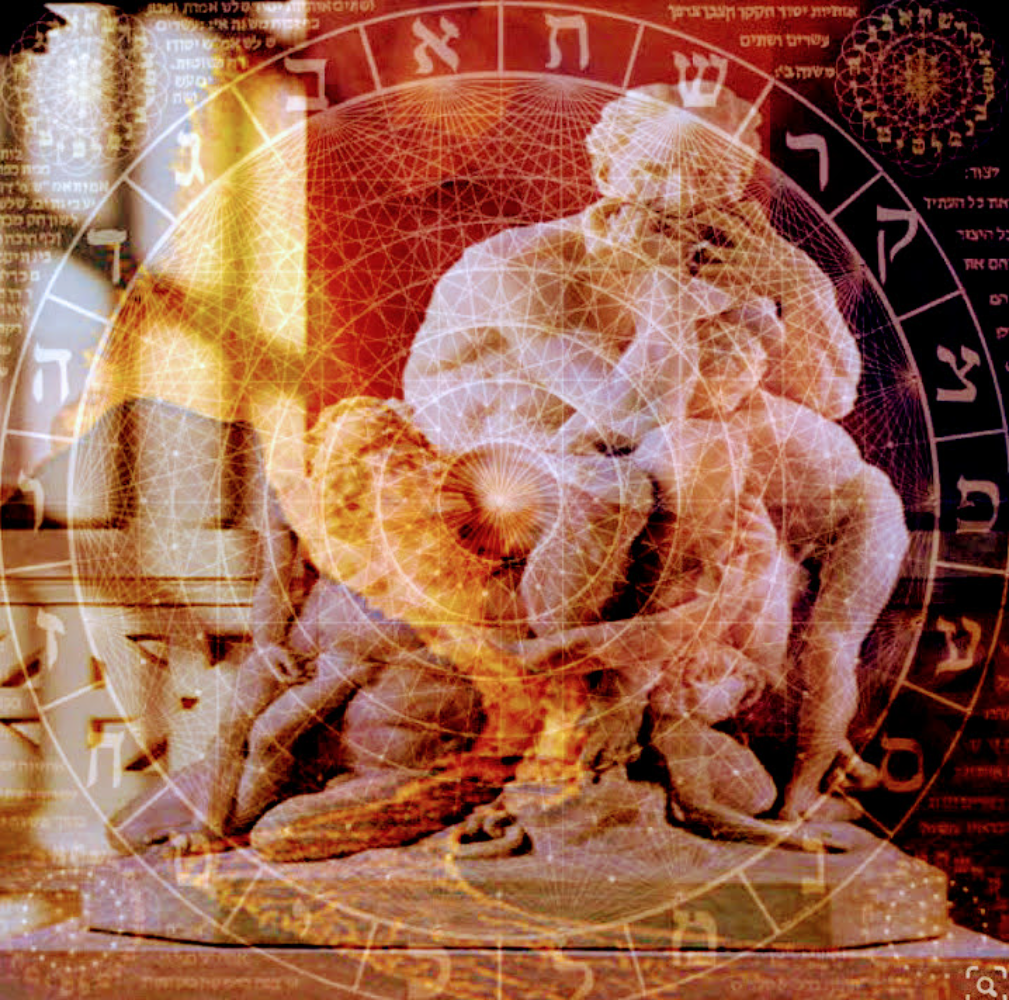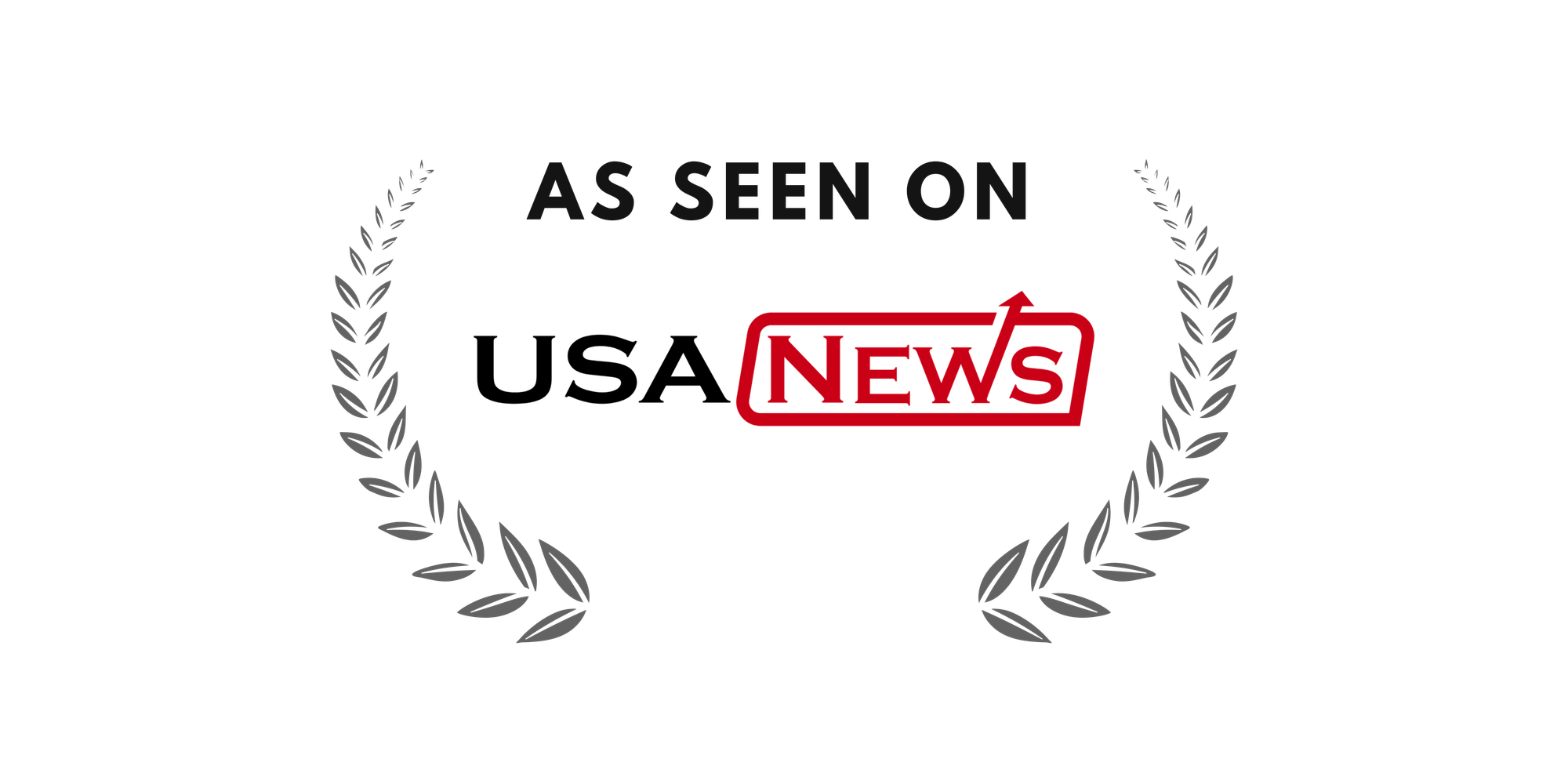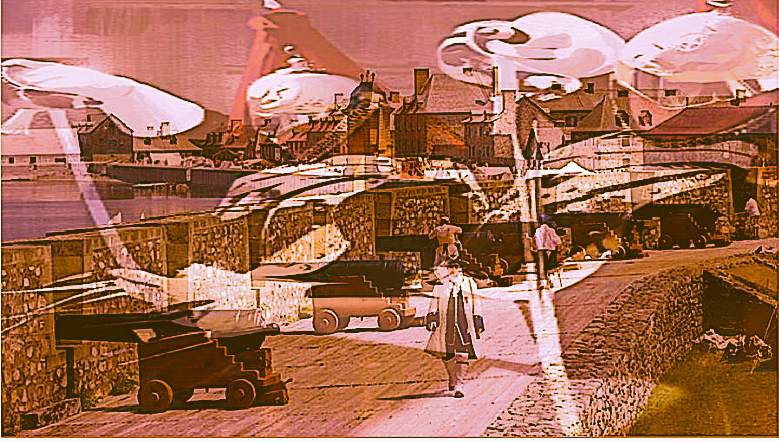Appalachian Roots Revival: Cajun Country's New Voice is Challenging Musical Conventions
While mainstream country music continues its steady march toward pop and carefully crafted demographics, a different kind of artistic expression

In the heart of Louisiana's and Atlantic Canada`s cultural landscape, where French Acadian heritage meets American country traditions, a musical revolution is quietly taking shape. While mainstream country music continues its steady march toward pop sensibilities and carefully crafted demographics, a different kind of artistic expression is emerging from the bayous—one that refuses to soften its edges or sanitize its message.
The project "Cajun Dead et le Talkin Stick" represents more than just another entry in the growing catalogue of Americana revivals. Led by contemporary visual artist Theraiult, this ambitious undertaking seeks to resurrect and reimagine the raw, unfiltered musical traditions that once defined Appalachian and Cajun communities a century ago. Through carefully crafted song lyrics paired with traditional instrumentation—Dobro, banjo, mandolin, fiddle, hurdy-gurdy, and the haunting tones of blow-mouth didgeridoo—the project creates what musicologists are calling a "new World Appalachian music field holler."

Breaking the Commercial Silence
What sets this emerging movement apart is not just its instrumentation or its commitment to historical authenticity, but its unflinching examination of subjects that mainstream country music has largely abandoned. Where radio-friendly country has gravitated toward celebration, romance, and escapism, Theraiult's lyrical narratives delve into grief, loss, post-traumatic stress disorder, and broader social malaise—deep dark territories that major labels and radio programmers have deemed too risky for their carefully mapped audience demographics.
"There's a whole spectrum of human experience that's being ignored".Country music used to be the voice of working people, of struggle, of real life. This song lyric project is asking whether we've lost something essential in the pursuit of commercial success."
The decision to tackle these difficult subjects reflects a broader artistic philosophy that prioritizes authentic expression over market considerations. In an era where streaming algorithms and focus groups often determine musical content, "Cajun Dead et le Talkin Stick" represents a deliberate rejection of such constraints. The project's polyphonic call-response male vocal harmonies, combined with existential lyric narratives, create a sonic landscape that industry observers admit they struggle to categorize or absorb into existing commercial frameworks.

Echoes of Counter-Culture
This tension between authentic French language song lyrics and artistic expression, on the one hand, and commercial viability, on the other, is not without historical precedent. The current movement bears striking resemblances to counter-cultural forces that emerged in the creative world sixty years ago. The Grateful Dead, perhaps the most notable example, built their legacy by refusing to conform to industry expectations, instead cultivating a devoted following through musical exploration and lyrical honesty that mainstream outlets often dismissed or ignored.
The parallel extends beyond mere rebellion against commercial pressures. Like the Dead's improvisational approach to music-making, "Cajun Dead et le Talkin Stick" embraces uncertainty and experimentation. The project's incorporation of traditional instruments with contemporary themes creates a sonic dialogue between past and present, allowing historical musical forms to speak to modern anxieties and experiences.
"What we're seeing is a natural cycle in creative expression". When mainstream culture becomes too sanitized, too removed from authentic human experience, artists inevitably emerge to fill that void. The question is whether the industry and audiences are ready to receive that authenticity."

The Demographic Divide
The lukewarm reception from established French Acadian artist de la Baie and the Lafayette Cajun music industry channels reflects a broader challenge facing authentic artistic expression in contemporary culture. The project's target audience—primarily younger listeners who resonate with themes of disillusionment and social critique—represents a demographic that traditional country music has struggled to reach in recent years. Meanwhile, country music's core audience, cultivated through decades of increasingly polished production and optimistic messaging, may find the project's raw emotional honesty difficult to embrace. Yet the AI prompt engineering skills of Theriualt produce: Cigar box Dobro, banjo, fiddle and nadolin lead music tangents from on high. Music that soars to the lyric narrative hauteur.
This polarization has resulted in what some industry insiders describe as a "ghosted cold shoulder" from mainstream outlets. Radio CIFA programmers, streaming platform curators, and major venue bookers have shown limited interest in programming that doesn't fit established commercial categories. The project's complex musical arrangements and challenging thematic content resist the quick consumption patterns that drive much of today's music industry success.
Yet this very resistance may prove to be the project's greatest strength. In an environment where much contemporary music feels focus-grouped and risk-averse, audiences hungry for genuine artistic expression are finding their way to projects like "Caun Dead et le Talkin Stick" through word-of-mouth recommendations and social media discovery.

Cultural Authenticity in Modern Context
The project's commitment to traditional instrumentation serves as more than mere nostalgic decoration. By incorporating hurdy-gurdies, didgeridoos, and field holler vocal techniques, Theraiult and his skill sets are creating a bridge between historical musical practices and contemporary artistic expression. The result is music that honours its cultural roots while speaking to modern experiences of displacement, trauma, and social disconnection. Enabling them to hear their condition song to them in a voice of empathy that is quite real
This approach reflects a broader movement within Americana and roots music to reclaim authentic cultural practices from commercial appropriation. Rather than treating traditional music as a museum piece, "Cajun Dead et le Talkin Stick" demonstrates how historical forms can serve as vehicles for contemporary artistic expression.
The Appalachian Celtic, Irish, French, and Acadian influences woven throughout the project's musical tapestry reflect the complex cultural heritage of Louisiana's musical landscape. These traditions, carried then passed down through generations of working people, provide a framework for addressing modern struggles with the same honesty and directness that characterized earlier folk traditions.

The Creative Renaissance Question
The emergence of projects like "Cajun Dead et le Talkin Stick" raises important questions about the current state of creative arts more broadly. Industry observers have noted a growing sense of creative stagnation across multiple artistic disciplines, with many artists and critics pointing to an over-reliance on proven formulas and market-tested approaches.
This creative conservatism has created space for projects that prioritize artistic integrity over commercial viability. The return to traditional musical forms, combined with uncompromising lyrical content, suggests a hunger for authentic expression that transcends genre boundaries.
"There's a cyclical nature to artistic movements," notes music industry analyst Maria Gonzalez. "Periods of commercial dominance are often followed by grassroots movements that prioritize authenticity and artistic risk-taking. We may be witnessing the beginning of such a shift."
The project's success in connecting with younger audiences despite its traditional instrumentation suggests that authenticity, rather than novelty, may be becoming the primary currency in creative expression. This shift could have implications far beyond country music, potentially influencing how artists across genres approach the balance between commercial considerations and artistic integrity.
Looking Forward
As "Caun Dead et le Talkin Stick" continues to develop its unique artistic voice, its impact extends beyond the boundaries of country music or even music itself. The project represents a broader cultural conversation about authenticity, commercial pressures, and the role of art in addressing difficult social realities.
The field holler tradition, historically used by working people to communicate across distances while performing manual labour, provides an apt metaphor for the project's cultural function. In an era of increasing social isolation and digital mediation, these musical narratives serve as calls across the cultural landscape, seeking connection through shared recognition of struggle and perseverance.
Whether mainstream country music will eventually embrace this more challenging artistic approach remains to be seen. Industry trends suggest that commercial pressures will continue to favour safer, more predictable content. However, the growing audience for authentic artistic expression suggests that projects like "Caun Dead et le Talkin Stick" may represent not just a niche market, but a fundamental shift in how audiences relate to musical art.
The project's emphasis on traditional craftsmanship—both in instrumentation and lyrical construction—offers a counterpoint to the algorithmic efficiency that increasingly defines content creation across creative industries. By prioritizing artistic vision over market research, Theraiult and his collaborators are demonstrating that there remains space for uncompromising creative expression.

The Ripple Effect
The influence of this emerging movement extends beyond its immediate musical contributions. Other artists working in roots music, Americana, and even mainstream country are taking notice of the project's ability to connect with audiences through authentic expression rather than commercial polish. This attention could signal a broader shift in how artists approach their craft, prioritizing long-term artistic development over short-term commercial success.
Educational institutions are also beginning to incorporate the project's approach into their music programs, recognizing the value of understanding traditional forms as foundations for contemporary expression. This academic interest suggests that the project's influence may extend to future generations of musicians and artists.
The "Caun Dead et le Talkin Stick" project ultimately represents more than a musical endeavour—it embodies a cultural stance that values authentic expression over commercial considerations. In an era of increasing homogenization across creative industries, such projects serve as essential reminders that art's primary function is not entertainment or profit, but the honest examination of human experience.
As this movement continues to evolve, it will likely face ongoing challenges from industry structures designed to promote safer, more predictable content. However, its growing audience suggests that there remains a fundamental hunger for authentic artistic expression—one that cannot be satisfied by focus-grouped approximations of genuine human experience.
The return to traditional musical forms, combined with an uncompromising examination of contemporary struggles, offers a pathway forward for artists seeking to create meaningful work in an increasingly commercial cultural landscape. Whether this pathway leads to broader cultural change or remains a niche alternative to mainstream expression will depend largely on audiences' continued willingness to seek out and support authentic artistic voices.
In the meantime, the sound of Dobros, banjos, and hurdy-gurdies carries across Louisiana's and Atlantic Canada`s cultural landscape, accompanied by lyrics that refuse to look away from life's difficulties. It is the kind of artistic honesty that these challenging times require.



